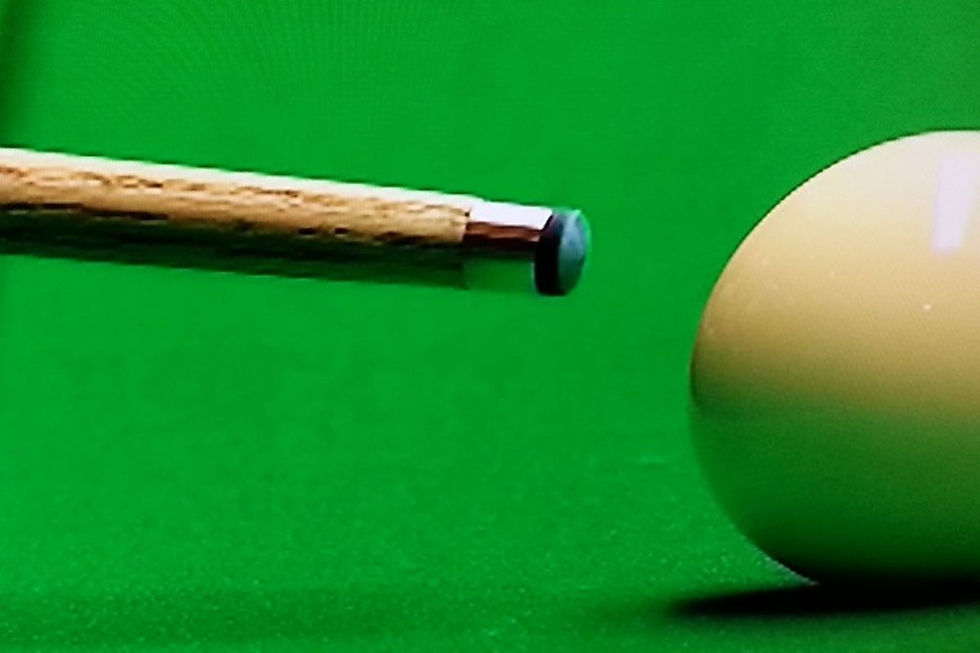Exploring the Different Types of Snooker Cues: A Guide for Players
- Anton Kastner
- Aug 18, 2024
- 3 min read

Exploring the Different Types of Snooker Cues: A Guide for Players
Snooker, with its blend of precision and strategy, demands the right equipment to truly excel. Among the key elements of a player’s arsenal is the snooker cue, which can significantly impact performance. Understanding the different types of snooker cues available can help players choose the right one for their style and needs. Here’s a guide to the various types of snooker cues and what makes each unique.
Standard Cues
The most common type of snooker cue is the standard cue, which typically measures between 57 and 58 inches in length. Standard cues are versatile and come in a variety of materials, including traditional wood and modern synthetics. Wooden cues are often made from maple or ash, offering a blend of strength and flexibility. The tip of a standard cue usually measures around 9-10mm, providing a good balance of control and power. These cues are suitable for everyday play and are favored by both amateur and professional players.
Break Cues
Break cues are designed specifically for the powerful initial shot in snooker, known as the break. These cues are generally sturdier and heavier than standard cues, with a tip that is harder to handle the increased impact. The extra weight and durability help players generate a more forceful break, scattering the balls effectively. Break cues are built to withstand the stress of breaking, making them a crucial tool for any player looking to enhance their game’s opening phase.
Jump Cues
Jump cues are specialized tools used to execute jump shots, where the cue ball is lifted over obstructing balls. These cues are shorter and lighter compared to standard cues, typically around 40-50 inches in length. The reduced weight and length facilitate the necessary quick, sharp movements required for successful jump shots. Players often use jump cues in combination with their standard cue, making them an essential addition for those looking to master advanced techniques.
Custom Cues
For players who want a personalized touch, custom cues offer a tailor-made option. These cues are crafted to individual specifications, including custom weight, balance, length, and design elements. Custom cues can be made from a variety of high-quality woods or modern materials, and players can choose specific features like unique inlays, personalized engravings, or custom grips. The ability to personalize a cue ensures that it aligns perfectly with the player’s style and preferences, offering both aesthetic and functional benefits.
Two-Piece Cues
Two-piece cues are designed with a joint in the middle, allowing for easier transportation and storage. Despite the joint, two-piece cues maintain performance comparable to one-piece cues. The ability to disassemble the cue makes it convenient for players who travel frequently or have limited storage space. The joint, typically made of brass or stainless steel, is engineered to provide a smooth connection, preserving the cue’s balance and feel.
One-Piece Cues
One-piece cues are crafted from a single length of wood, offering a traditional feel and seamless performance. These cues are favored by players who appreciate the continuity and classic touch of a single-piece design. However, their length can make them less convenient for travel and storage compared to two-piece cues. The unbroken structure of one-piece cues is believed to contribute to a more consistent playing experience.
Fiberglass and Carbon Fiber Cues
Modern materials such as fiberglass and carbon fiber have introduced new possibilities in cue design. These cues are known for their durability, resistance to warping, and consistent performance across various environmental conditions. Fiberglass and carbon fiber cues are an excellent choice for players seeking a low-maintenance option that provides reliable playability in different settings.
Practice Cues
Practice cues are specifically designed for training and improving technique. They may come with additional features like markings or special grips to aid in practice. These cues help players refine their skills and develop better control over their shots.
Choosing the right snooker cue involves considering your playing style, personal preferences, and specific needs. Whether you opt for a standard cue for everyday play, a break cue for powerful starts, or a custom cue for a personalized touch, understanding the options available will help you enhance your game and enjoy the sport to its fullest.





Comments